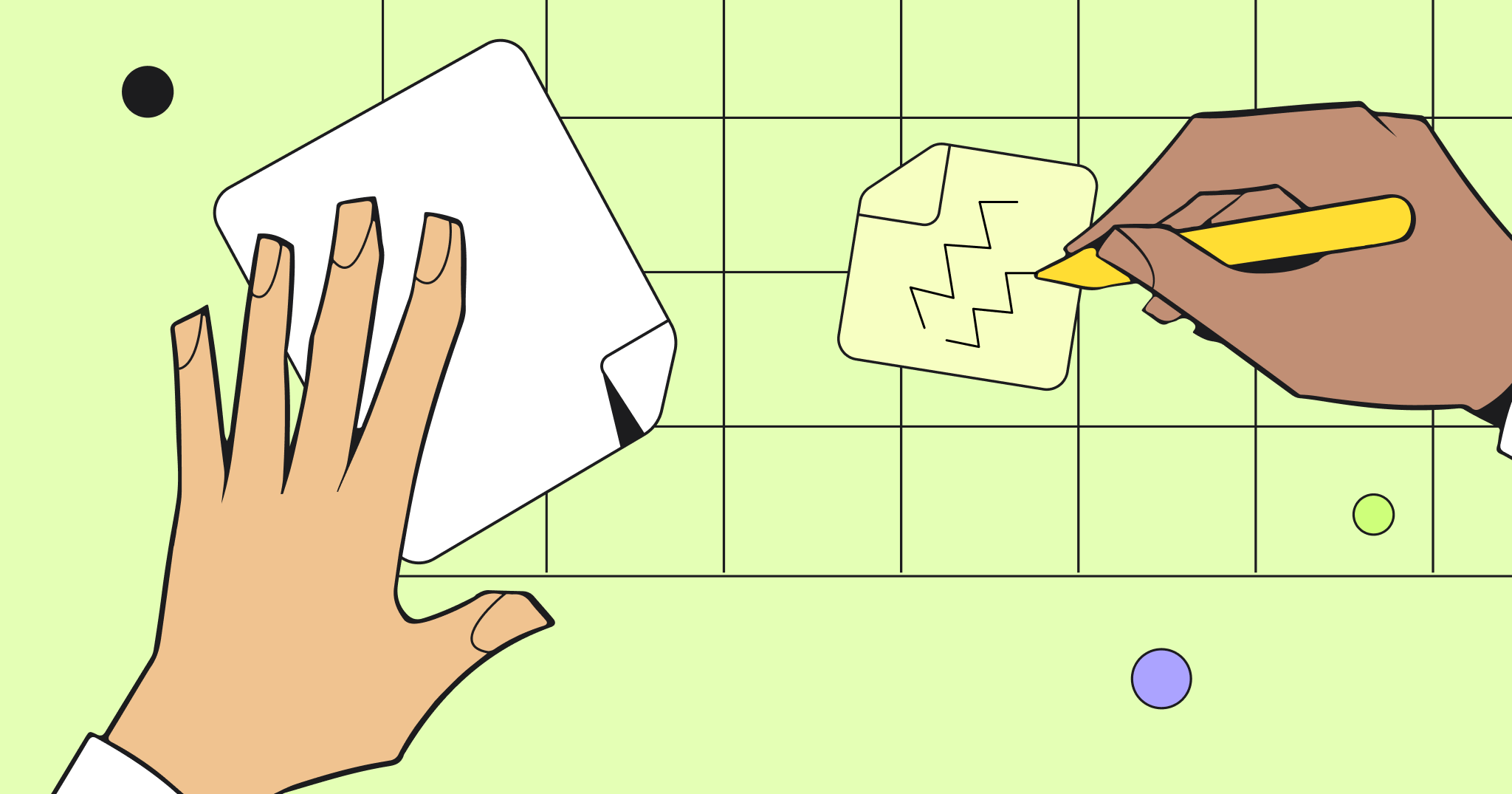The role of design teams in modern businesses has evolved dramatically. Once confined to aesthetics and final deliverables, design now plays a crucial role in driving customer-centricity and innovation. This shift has repositioned design teams from the periphery to the heart of business strategy, influencing decision-making at the highest levels.
John Lazzara, Head of Digital Experience Design at Telstra, highlighted this evolution in his keynote, “The Role of Design in Business Decision-Making,” at the 2024 Design Outlook (DO) conference in Melbourne, Australia. Lazzara emphasized that design was traditionally seen as a “tick box for delivery” — a necessary step, but not a source of strategic insight. He argues that this view is outdated and limits potential, and that design should be integral to shaping strategy and driving business outcomes.
Let’s take a closer look.
Challenges facing designers today
To appreciate the strategic potential of design, it’s essential to recognize its journey and ongoing evolution within organizations. Miro ran a workshop at the Design Outlook outlook conference, during which 120 designers identified several challenges they face, including:
-
Planning – Design teams are often looped in too late, resulting in reactive rather than proactive designs.
-
Perception – Design is sometimes misunderstood and seen as solely focused on aesthetics and making things look good.
-
Misalignment – When teams aren’t collaborating effectively, they’re creating missed opportunities for designers to do their best work.
-
Mindset – Leadership may not fully understand the value of design and its potential impact on business outcomes.
- Mission – Designers struggle to align their everyday work with the broader goals of the organization and the needs of the users.
Check out Design Outlook’s roundtable Miroboard to read all designers’ comments.
How to build a strategic design framework
“I needed to build trust and get organized.”
Lazzara says that to elevate design from a tactical function to a strategic one, you need to demonstrate its value in business decision-making. At Telstra, he created two distinct communities: an executive community and a design practice community. These groups, supported by specific rituals and practices, embedded design as a core component of the company’s strategic framework.
One of the most impactful initiatives was the Stakeholder Leader Review, where designers presented their work directly to senior leaders. This practice ensured real-time input and alignment with strategic goals, strengthening the relationship between the design team and executive leadership, and reinforcing the notion that design is integral to business strategy.
Another key tool Lazzara and his design team have introduced is the “Not This but This” workshop, which is hosted on Miro. This templated process allows stakeholders to engage directly with design decisions, facilitating collaborative discussions that align with both company objectives and customer needs.
Use the “Not This but This” workshop template that Lazzara and his design team produced to align stakeholders on the direction of design projects.
Focus on outcomes, not just outputs
A central theme in Lazzara’s approach is the shift from focusing on outputs — the tangible products of design work — to outcomes or the broader business and customer impacts. In many organizations, the success of a design project is measured by timely delivery rather than how well it meets strategic goals. This output-focused mentality can disconnect design from the true needs of the business.
Lazzara advocates for measuring design by its ability to solve problems and drive business outcomes, not just by its capacity to deliver on time. Integrating design into the business process from the beginning allows teams to work alongside other functions to define problems and develop solutions that are both customer-centric and innovative. By focusing on outcomes rather than outputs, design teams can play a crucial role in ensuring that products and services not only meet customer expectations but also drive the business forward.
Break down silos and build cross-functional relationships
To elevate design to a strategic level, it’s essential to dismantle the silos that often exist between design and other departments. In many organizations, design operates in isolation, disconnected from product development, marketing, and other key functions. This separation limits design’s potential to influence broader business strategies and can lead to inconsistent customer experiences.
Lazzara’s work at Telstra provides a blueprint for overcoming these challenges. By embedding designers in cross-functional teams and fostering strong relationships with other departments, he integrated design into the core business process. This not only improved design quality but also aligned the entire organization around the goal of creating solutions that drive exceptional customer experiences.
Use John Lazzara’s Design Critique Workshop template to drive a positive culture within your design team, while scaling design education across your organization.
Embrace the human element in design leadership
Building a successful design practice requires more than technical skills; it demands the ability to build relationships, foster collaboration, and advocate for the customer throughout the process.
Lazzara’s leadership at Telstra underscores the importance of creating a sense of identity and community within the design team and executive teams. Through established rituals and practices that build trust and participation, Lazzara cultivated a design culture focused not just on delivering great work, but on driving strategic outcomes for the business.
Companies that limit their view of design to a tactical function risk stunting their growth and competitiveness. As demonstrated by Lazzara’s work at Telstra, design teams can and should be strategic partners, driving innovation and ensuring that the customer remains at the center of every decision.
By focusing on outcomes, breaking down silos, and building strong cross-functional relationships, design teams can play a critical role in shaping the future of businesses. What’s more, companies that recognize and integrate the strategic value of design into their decision-making processes will be better positioned to deliver exceptional customer experiences and achieve long-term success.




